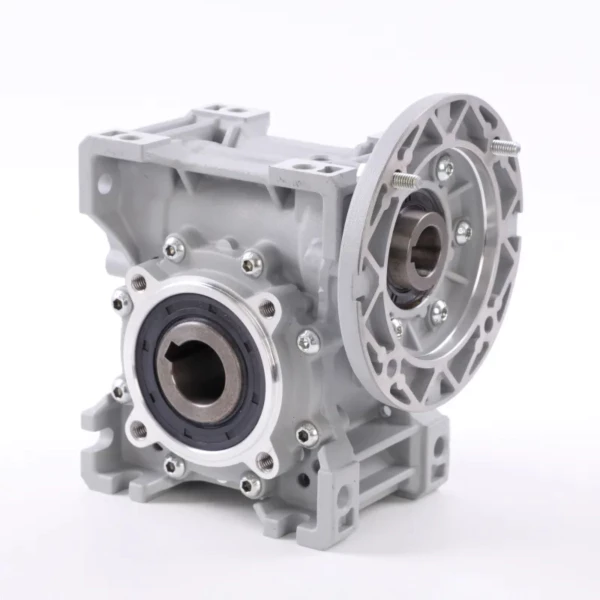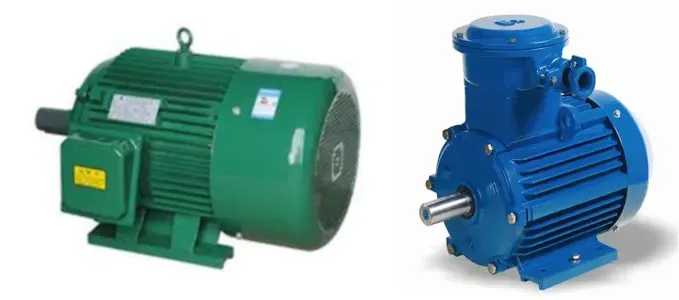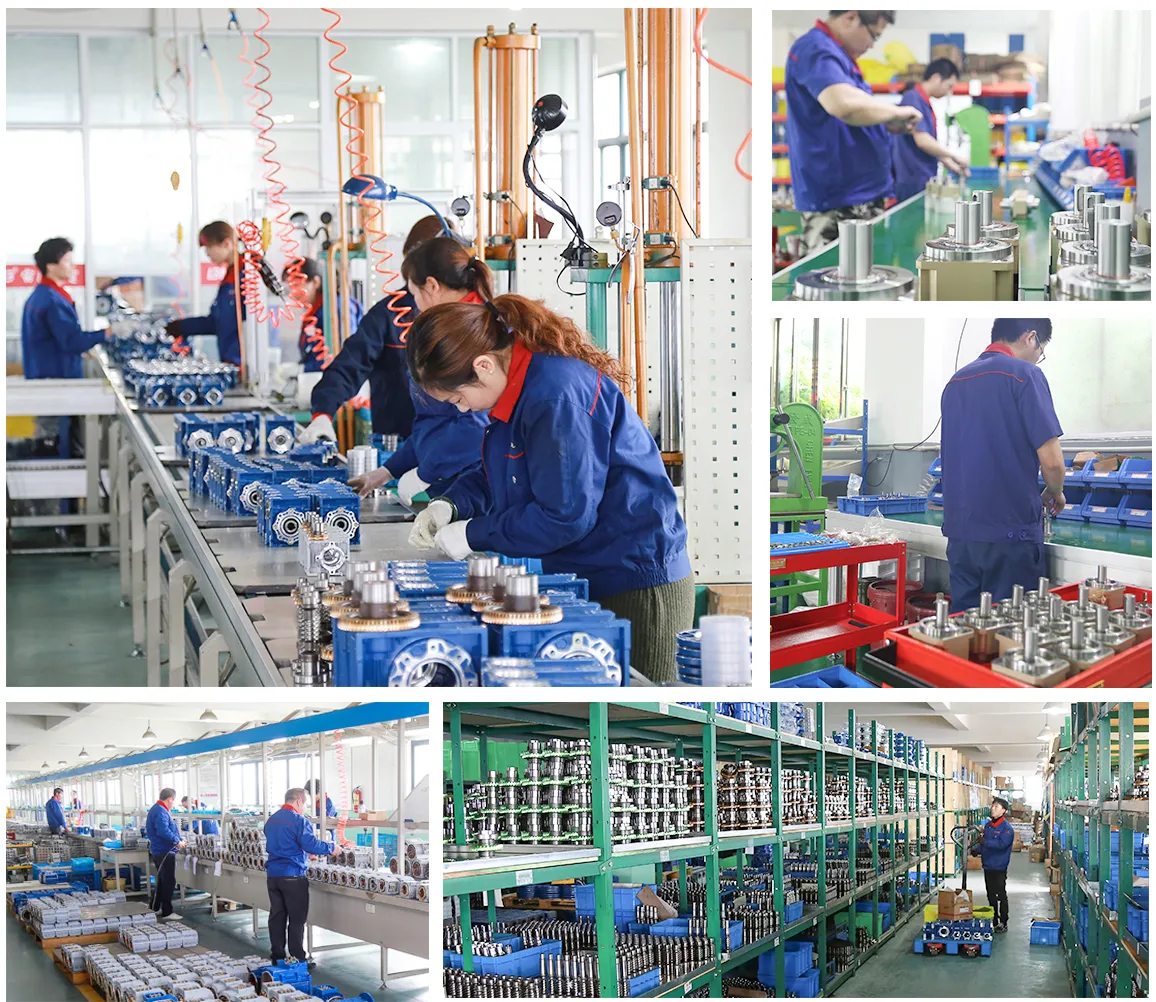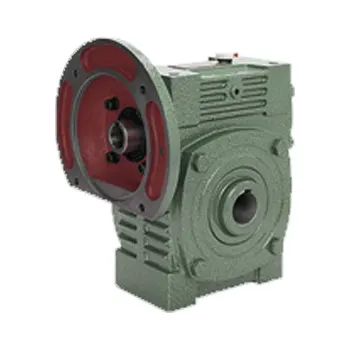Worm Gearbox for Precision Optical Mirror Adjustments
As a specialist in speed reducers, we take pride in providing detailed and insightful information to our clients. Today, let's delve into the world of worm gearboxes and their application in precision optical mirror adjustments. We will explore the advantages, working principles, selection, and symbiotic relationship between the worm gear motor and its reducer.
Significance of Worm Gearbox in Precision Optical Mirror Adjustments
The worm gearbox stands as a cornerstone in the realm of optical mirror adjustments. It provides unmatched precision and reliability, making it an indispensable part of this technological application. Here's why:
1. Unparalleled Precision
A worm gearbox provides high precision in rotational movements, which is crucial for mirror adjustments in optical applications.
2. High Torque
With a high torque output, the worm gearbox can handle hefty loads, making it suitable for heavy mirrors found in telescopes and other optical devices.

3. Low Backlash
Low backlash ensures that the desired movements are achieved with minimal error, making the worm gearbox ideal for precision tasks.
4. Compact and Durable
The compact design and robust construction of a worm gearbox make it a durable choice for optical mirror adjustments.
5. Smooth and Quiet Operation
The worm gearbox operates smoothly and quietly, which is a significant advantage in environments where noise can affect precision measurements.
Working Principle of Worm Gear Motor
The worm gear motor operates on the principle of a worm (a gear in the form of a screw) meshing with a worm gear to transmit motion and power. The worm's rotation is converted into rotary motion, which is then used to drive the connected load.
Choosing the Right Worm Gear Reducer
Choosing the right worm gear reducer for your optical application requires careful consideration of several factors. Here are five key points to keep in mind:
1. Load Capacity
Ensure the reducer can handle the load of the mirror assembly.
2. Backlash Requirements
Choose a reducer with low backlash for precise adjustments.
3. Environmental Considerations
Consider the working environment's temperature and humidity conditions.
4. Mounting Configuration
Select a reducer that fits with your equipment's mounting configuration.
5. Price and Quality
Opt for a reducer that offers the best balance between cost and quality.
Motors for Worm Gear Reducers
Worm gear reducers and their motors form a synergistic relationship, each playing a critical role in the other's function. The motor provides the power that the reducer converts into torque for precise movements. We also provide a range of compatible electric motors to ensure seamless integration and optimal performance.


Our Worm Gearbox
We are a comprehensive transmission equipment manufacturer with over 15 years of experience in the industry. Our commitment to quality, service, and competitive pricing has earned us a stellar reputation among our clients in Europe, America, Africa, and Asia.
Our worm gearboxes are designed and manufactured with utmost precision to ensure high efficiency and stability. Our range includes the MRV series worm gear reducer, GV series gear reducer, RT series solar reducer, XV series planetary reducer, BD series harmonic reducer, and various types of non-standard reducer.
We invite you to explore our range and experience the superior performance of our worm gearboxes. Contact us today to discuss your requirements and make a purchase.

Frequently Asked Questions
1. What is a worm gearbox?
A worm gearbox is a type of speed reducer that uses a worm gear mechanism to reduce speed and increase torque.

2. Why is a worm gearbox suitable for precision optical mirror adjustments?
A worm gearbox offers high precision, high torque, low backlash, and smooth operation, making it ideal for precise mirror adjustments in optical applications.
3. How do I choose the right worm gear reducer?

Factors to consider include load capacity, backlash requirements, environmental conditions, mounting configuration, and the balance between cost and quality.
Edited by Zqq.
